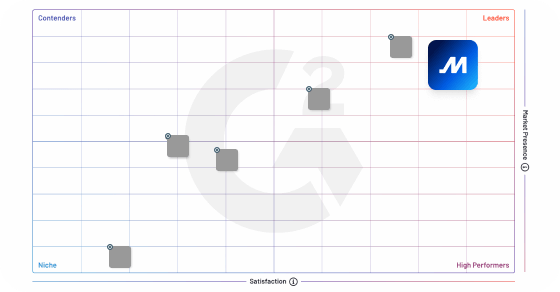The 70-hour limit is a regulation that is enforced by the Federal Motor Carrier Safety Administration (FMCSA) in the trucking industry. The rule is designed to ensure that drivers are not overworked and exhausted while operating commercial motor vehicles (CMVs). The limit is defined as a maximum of 70 hours of work within a period of eight consecutive days.
The 70-hour limit is part of the hours-of-service (HOS) regulations that were introduced to improve road safety and reduce the number of accidents caused by driver fatigue. The rule applies to all interstate trucking operations and requires drivers to take a mandatory 34-hour break before they can reset their 70-hour limit. This rest period must include two consecutive nights of sleep between the hours of 1 a.m. and 5 a.m.
The 70-hour limit is calculated based on a driver’s on-duty time, which includes driving, loading and unloading, and any other duties related to their job. Once a driver reaches the 70-hour limit, they are required to take a break for at least 34 consecutive hours before they can start their next eight-day cycle. This break can be taken anytime within the eight-day period, but it must include two nights of rest as mentioned above.
It is important to note that the 70-hour limit is not a suggestion, but a legal requirement that is strictly enforced by the FMCSA. Drivers and trucking companies who fail to comply with the regulation can face serious consequences, including fines and even losing their operating authority.
Frequently Asked Questions
What is the 70 hour rule for Fmcsa?
The 70 hour rule is a regulation set forth by FMCSA that limits the number of hours a commercial driver can operate their vehicle within a 7-day period to 70 hours. Once a driver has reached this limit, they are required to take a 34-hour reset period before they can resume driving. This rule is intended to reduce driver fatigue and increase safety on the roads.
Why do truck drivers have to work 70 hours a week?
Truck drivers are subject to the hours-of-service (HOS) regulations enforced by the Federal Motor Carrier Safety Administration (FMCSA), which limit driving time to 11 hours per day and require a minimum of 10 hours off-duty between shifts. Drivers are allowed to work up to 70 hours in an 8-day period. This is to ensure the safety of drivers and other motorists on the road by preventing fatigue-related accidents.
What is the 70 hours in 7 days rule?
The 70 hours in 7 days rule is a regulation for commercial drivers in the United States that limits the amount of time they can drive within a seven-day period. Under this rule, drivers can work a maximum of 70 hours over seven consecutive days, with a mandatory 34-hour break after reaching that limit. This regulation is enforced by the Federal Motor Carrier Safety Administration (FMCSA) to improve safety on the roads.
Is the 60 70 hour limit based on a rolling or floating 7 day or 8-day period?
The 60-70 hour limit for truck drivers is based on a rolling 7-day period. This means that a driver cannot work more than 60-70 hours in any consecutive 7-day period. If a driver takes time off, the clock resets and the count starts again. It is important for drivers to adhere to these regulations to ensure safety on the road.



